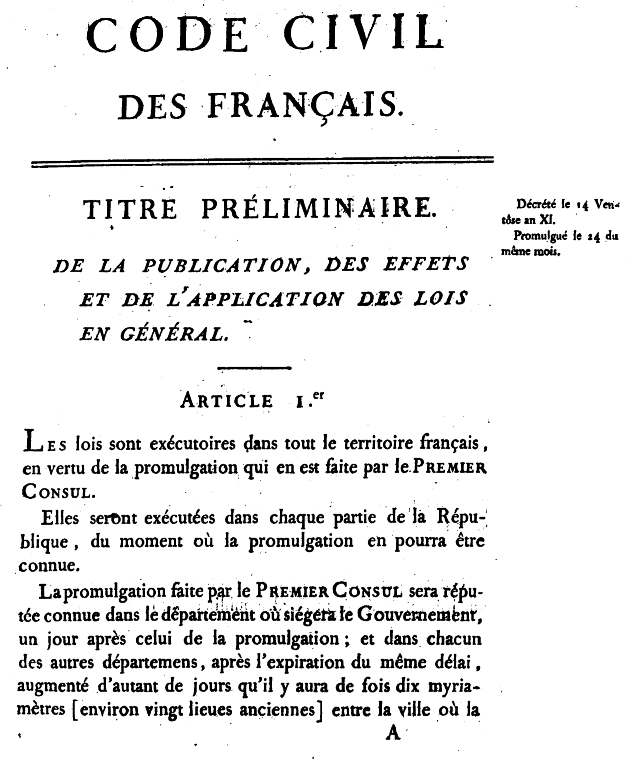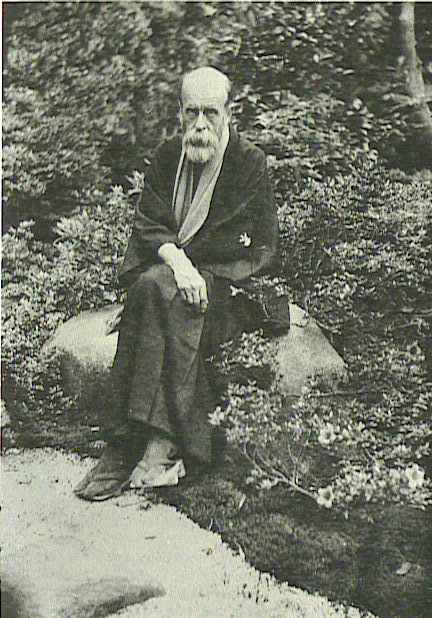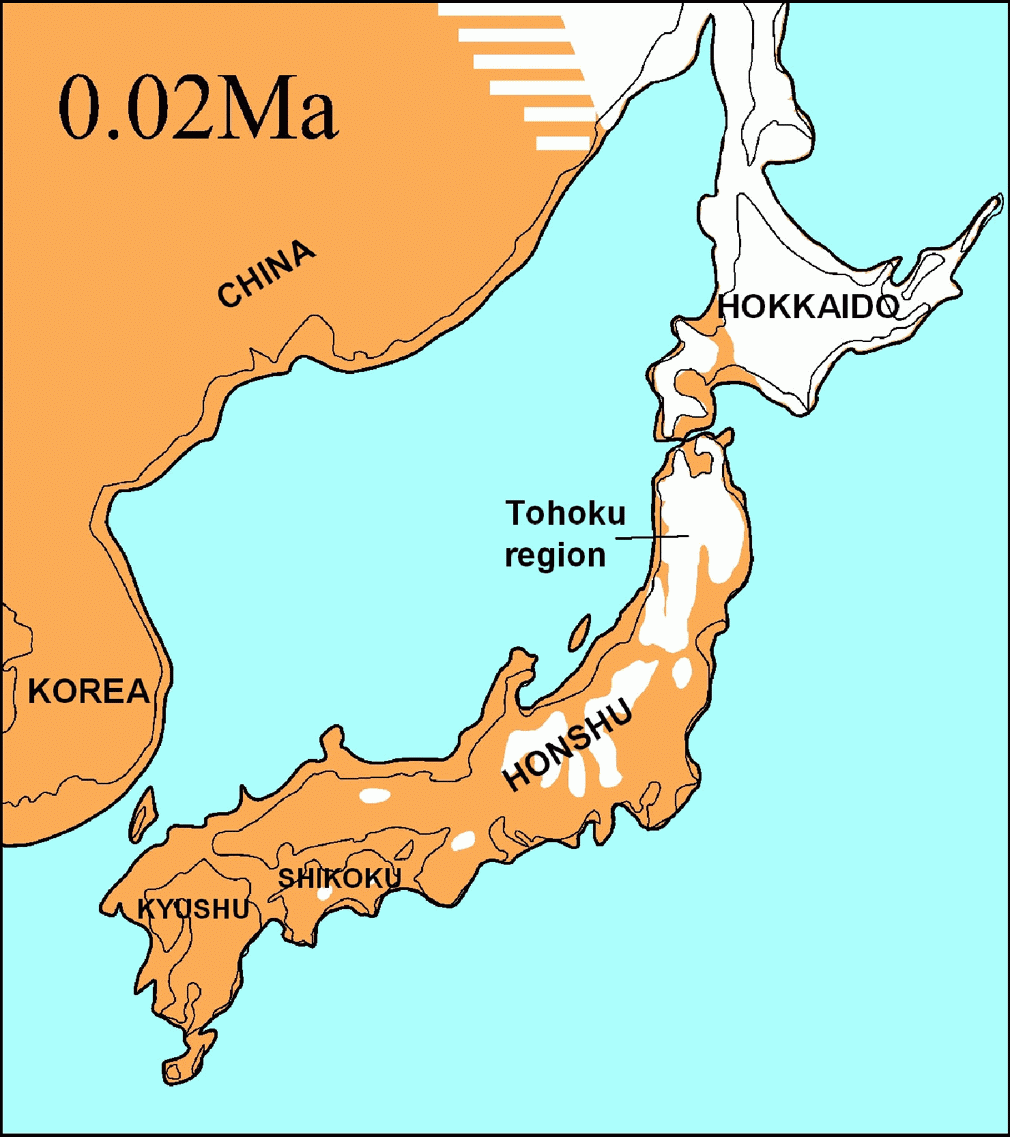|
ĹŚmi Code
The are a collection of governing rules compiled in 668AD, and the first collection of RitsuryĹŤ laws in classical Japan. These laws were compiled by Fujiwara no Kamatari under the order of Emperor Tenji. This collection of laws is now lost and its disputed existence is supported only by short references in later documents (among which the '' TĹŤshi Kaden'', a history of the Fujiwara). It is furthermore missing from the ''Nihon Shoki''. The Code, consisting of 22 volumes, was promulgated in the last year of Tenji's reign. This legal codification is no longer extant, but it is said to have been refined in what is known as the Asuka Kiyomihara ''ritsu-ryĹŤ'' of 689; and these are understood to have been a forerunner of the TaihĹŤ ''ritsu-ryĹŤ'' of 701. See also * RitsuryĹŤ * TaihĹŤ Code The was an administrative reorganisation enacted in 703 in Japan, at the end of the Asuka period. It was historically one of the . It was compiled at the direction of Prince Osakabe, Fuji ... [...More Info...] [...Related Items...] OR: [Wikipedia] [Google] [Baidu] [Amazon] |
RitsuryĹŤ
is the historical Japanese legal system, legal system based on the philosophies of Confucianism and Legalism (Chinese philosophy), Chinese Legalism in Feudal Japan. The political system in accord to Ritsuryō is called "Ritsuryō-sei" (). ''Kyaku'' () are amendments of Ritsuryō, ''Shiki'' () are enactments. Ritsuryō defines both a and an . During the late Asuka period (late 6th century – 710) and Nara period (710–794), the Imperial Court in Kyoto, trying to replicate China's rigorous political system from the Tang dynasty, created and enforced some collections of Ritsuryō. Over the course of centuries, the ''ritsuryō'' state produced more and more information which was carefully archived; however, with the passage of time in the Heian period, ''ritsuryō'' institutions evolved into a political and cultural system without feedback. In 645, the Taika reforms were the first signs of implementation of the system. Major re-statements of Ritsuryō included the following: ... [...More Info...] [...Related Items...] OR: [Wikipedia] [Google] [Baidu] [Amazon] |
TaihĹŤ Code
The was an administrative reorganisation enacted in 703 in Japan, at the end of the Asuka period. It was historically one of the . It was compiled at the direction of Prince Osakabe, Fujiwara no Fuhito and Awata no Mahito. Nussbaum, Louis-Frédéric. (2005). "Taihō Code" in . The work was begun at the request of Emperor Monmu and, like many other developments in the country at the time, it was largely an adaptation of the governmental system of China's Tang dynasty. The establishment of the Taihō Code was one of the first events to include Confucianism as a significant element in the Japanese code of ethics and government. The Code was revised during the Nara period to accommodate certain Japanese traditions and practical necessities of administration. The revised edition was named the . Major work on the Yōrō Code was completed in 718. The Taihō Code contained only two major departures from the Tang model. First, government positions and class status were based on b ... [...More Info...] [...Related Items...] OR: [Wikipedia] [Google] [Baidu] [Amazon] |
Legal Codes
A code of law, also called a law code or legal code, is a systematic collection of statutes. It is a type of legislation that purports to exhaustively cover a complete system of laws or a particular area of law as it existed at the time the code was enacted, by a process of codification. Though the process and motivations for codification are similar in different common law and civil law systems, their usage is different. In a civil law country, a code of law typically exhaustively covers the complete system of law, such as civil law or criminal law. By contrast, in a common law country with legislative practices in the English tradition, codes modify the existing common law only to the extent of its express or implicit provision, but otherwise leaves the common law intact. In the United States and other common law countries that have adopted similar legislative practices, a code of law is a standing body of statute law on a particular area, which is added to, subtracted fr ... [...More Info...] [...Related Items...] OR: [Wikipedia] [Google] [Baidu] [Amazon] |
Legal History Of Japan
Law is a set of rules that are created and are enforceable by social or governmental institutions to regulate behavior, with its precise definition a matter of longstanding debate. It has been variously described as a science and as the art of justice. State-enforced laws can be made by a legislature, resulting in statutes; by the executive through decrees and regulations; or by judges' decisions, which form precedent in common law jurisdictions. An autocrat may exercise those functions within their realm. The creation of laws themselves may be influenced by a constitution, written or tacit, and the rights encoded therein. The law shapes politics, economics, history and society in various ways and also serves as a mediator of relations between people. Legal systems vary between jurisdictions, with their differences analysed in comparative law. In civil law jurisdictions, a legislature or other central body codifies and consolidates the law. In common law systems, judg ... [...More Info...] [...Related Items...] OR: [Wikipedia] [Google] [Baidu] [Amazon] |
Lost Documents
Lost or LOST may refer to getting lost, or to: Arts, entertainment, and media Television * ''Lost'' (TV series), a 2004 American drama series about people who become stranded on a mysterious island * ''Lost'' (2001 TV series), a short-lived American and UK reality series * ''Lost'' (South Korean TV series), a 2021 South Korean series * "Lost" (''The Bill''), a 1985 episode * "Lost" (''Stargate Universe''), an episode of science fiction series ''Stargate Universe'' *"Lost", an episode of ''Unleashed!'' *"Lost", an episode of the Canadian documentary TV series ''Mayday'' *"Lost", an episode of Disney's ''So Weird'' * "The Lost" (''Class''), an episode of the first series of the ''Doctor Who'' spin-off series ''Class'' Films * ''Lost'' (1950 film), a Mexican film directed by Fernando A. Rivero * ''Lost'' (1956 film), a British thriller starring David Farrar * ''Lost'' (1983 film), an American film directed by Al Adamson * ''Lost!'' (film), a 1986 Canadian film directed by Peter R ... [...More Info...] [...Related Items...] OR: [Wikipedia] [Google] [Baidu] [Amazon] |
7th Century In Japan
Seventh is the ordinal form of the number seven. Seventh may refer to: * Seventh Amendment to the United States Constitution * A fraction (mathematics), , equal to one of seven equal parts Film and television *" The Seventh", a second-season episode of ''Star Trek: Enterprise'' Music * A seventh (interval), the difference between two pitches ** Diminished seventh, a chromatically reduced minor seventh interval ** Major seventh, the larger of two commonly occurring musical intervals that span seven diatonic scale degrees ** Minor seventh, the smaller of two commonly occurring musical intervals that span seven diatonic scale degrees ** Harmonic seventh, the interval of exactly 4:7, whose approximation to the minor seventh in equal temperament explains the "sweetness" of the dominant seventh chord in a major key ** Augmented seventh, an interval * Leading-tone or subtonic, the seventh degree and the chord built on the seventh degree * Seventh chord, a chord consisting of a ... [...More Info...] [...Related Items...] OR: [Wikipedia] [Google] [Baidu] [Amazon] |
Richard Ponsonby-Fane
Richard Arthur Brabazon Ponsonby-Fane (8 January 1878 – 10 December 1937) was a British academic, author, specialist of Shinto and Japanologist. Early years Richard Arthur Brabazon Ponsonby was born at Gravesend, Kent, Gravesend on the south bank of the Thames in Kent, England to John Ponsonby-Fane, John Henry and Florence Ponsonby. His boyhood was spent in the family home in London and at the Somerset country home, Brympton d'Evercy, of his grandfather, Spencer Ponsonby-Fane."A Biographical sketch of Dr. R. Ponsonby-Fane," ''Studies in Shinto and Shrines,'' p. 517. Ponsonby was educated at Harrow School. He added "Fane" to his own name when he inherited Brympton d'Evercy in 1916 after the deaths of both his grandfather and father. Career In 1896, Ponsonby traveled to Cape Town to serve as Private Secretary to the British Cape Colony, Governor of the British Cape Colony.Ponsonby-Fane, p. 518. For the next two decades, his career in the British Empire's colonial governments ... [...More Info...] [...Related Items...] OR: [Wikipedia] [Google] [Baidu] [Amazon] |
YĹŤrĹŤ Code
The was one iteration of several codes or governing rules compiled in early Nara period in Classical Japan. It was compiled in 718, the second year of the YĹŤrĹŤ regnal era by Fujiwara no Fuhito et al., but not promulgated until 757 under the regime of Fujiwara no Nakamaro under Empress KĹŤken. The penal code portions (''ritsu'') were largely lost, although they have been reconstructed. The content of the civil code portions (''ryĹŤ'') are preserved nearly fully, copied out in later texts. Overview The YĹŤrĹŤ Code was a revision of the TaihĹŤ Code of 701, and differences may have been limited. Still, when Nakamaro put the laws into effect in 757, it was unpopular among the nobility as it "slowed down the promotion schedule for officials." State of preservation While the precursor code (TaihĹŤ Code) does not survive, a substantial amount of YĹŤrĹŤ Code is preserved in the exegetical piece, (833), especially the civil codes. In English-language scholarly literature, s ... [...More Info...] [...Related Items...] OR: [Wikipedia] [Google] [Baidu] [Amazon] |
Kitabatake Chikafusa
was a Japanese court noble and writer of the 14th century who supported the Southern Court in the Nanboku-cho period, serving as advisor to five Emperors. Some of his greatest and most famous work was performed during the reign of Emperor Go-Daigo, under whom he proposed a series of reforms, amounting to a revival or restoration of political and economic systems of several centuries earlier. In addition to authoring a history of Japan and a number of works defending the right of Go-Daigo's line to the throne, Kitabatake fought in defense of the Southern Court as a member of the Murakami branch of the Minamoto clan.Ponsonby-Fane, Richard Arthur Brabazon. (1962). ''Sovereign and Subject,'' pp. 139–241. Politics Kitabatake, in his writings, held a strong distaste for the Ashikaga clan, the ruling family at the time who held the position of ''shōgun'' and maintained a rival Imperial court known as the Northern Court. This disdain came not only because they were warriors rat ... [...More Info...] [...Related Items...] OR: [Wikipedia] [Google] [Baidu] [Amazon] |
Classical Japan
The first human inhabitants of the Japanese archipelago have been traced to the Paleolithic, around 38–39,000 years ago. The Jōmon period, named after its cord-marked pottery, was followed by the Yayoi period in the first millennium BC when new inventions were introduced from Asia. During this period, the first known written reference to Japan was recorded in the Chinese ''Book of Han'' in the first century AD. Around the 3rd century BC, the Yayoi people from the continent immigrated to the Japanese archipelago and introduced iron technology and agricultural civilization. Because they had an agricultural civilization, the population of the Yayoi began to grow rapidly and ultimately overwhelmed the Jōmon people, natives of the Japanese archipelago who were hunter-gatherers. Between the fourth and ninth centuries, Japan's many kingdoms and tribes gradually came to be unified under a centralized government, nominally controlled by the Emperor of Japan. The imperial dynasty es ... [...More Info...] [...Related Items...] OR: [Wikipedia] [Google] [Baidu] [Amazon] |
Columbia University Press
Columbia University Press is a university press based in New York City New York, often called New York City (NYC), is the most populous city in the United States, located at the southern tip of New York State on one of the world's largest natural harbors. The city comprises five boroughs, each coextensive w ..., and affiliated with Columbia University. Founded in 1893, it is currently directed by Jennifer Crewe (2014–present) and publishes titles in the humanities and sciences, including the fields of literary and cultural studies, history, social work, sociology, religion, film, and international studies. History Columbia University Press was founded in May 1893. In 1933, the first four volumes of the ''History of the State of New York'' were published. In the early 1940s, the Press' revenues rose, partially thanks to the ''Encyclopedia'' and the government's purchase of 12,500 copies for use by the military. Columbia University Press is notable for publishing r ... [...More Info...] [...Related Items...] OR: [Wikipedia] [Google] [Baidu] [Amazon] |
Asuka Kiyomihara Code
The refers to a collection of governing rules compiled and promulgated in 689, one of the first, if not the first collection of Ritsuryō laws in classical Japan. This also marks the initial appearance of the central administrative body called the ''Daijō-kan'' (Council of State) composed of the three ministers—the '' Daijō-daijin'' (Chancellor), the ''Sadaijin'' (Minister of the Left) and the ''Udaijin'' (Minister of the Right).Hall, John Whitney ''et al.'' (1993) ''The Cambridge History of Japan'', p. 232./ref> In 662, Emperor Tenji is said to have compiled the first Japanese legal code known to modern historians. The Ōmi-ryō, consisting of 22 volumes, was promulgated in the last year of Tenji's reign. This legal codification is no longer extant, but it is said to have been refined in what is known as the Asuka Kiyomihara ''ritsu-ryō'' of 689. The compilation was commenced in 681 under Emperor Tenmu. The Emperor died in 686, but the finalization of the Code took a ... [...More Info...] [...Related Items...] OR: [Wikipedia] [Google] [Baidu] [Amazon] |




